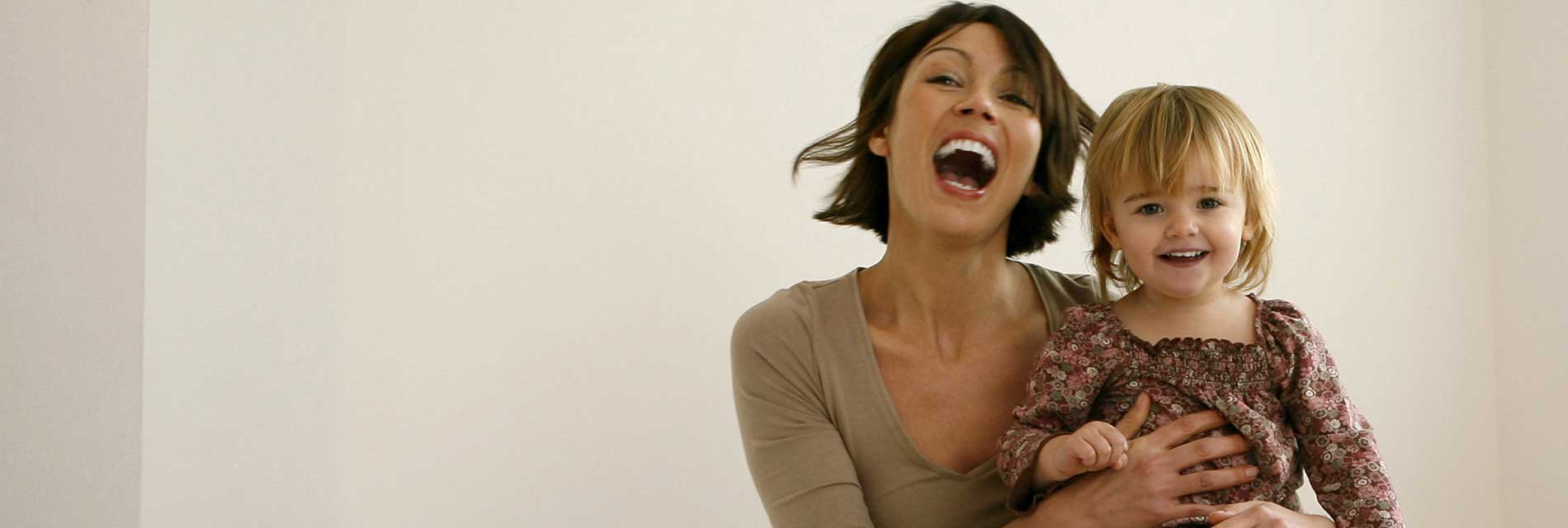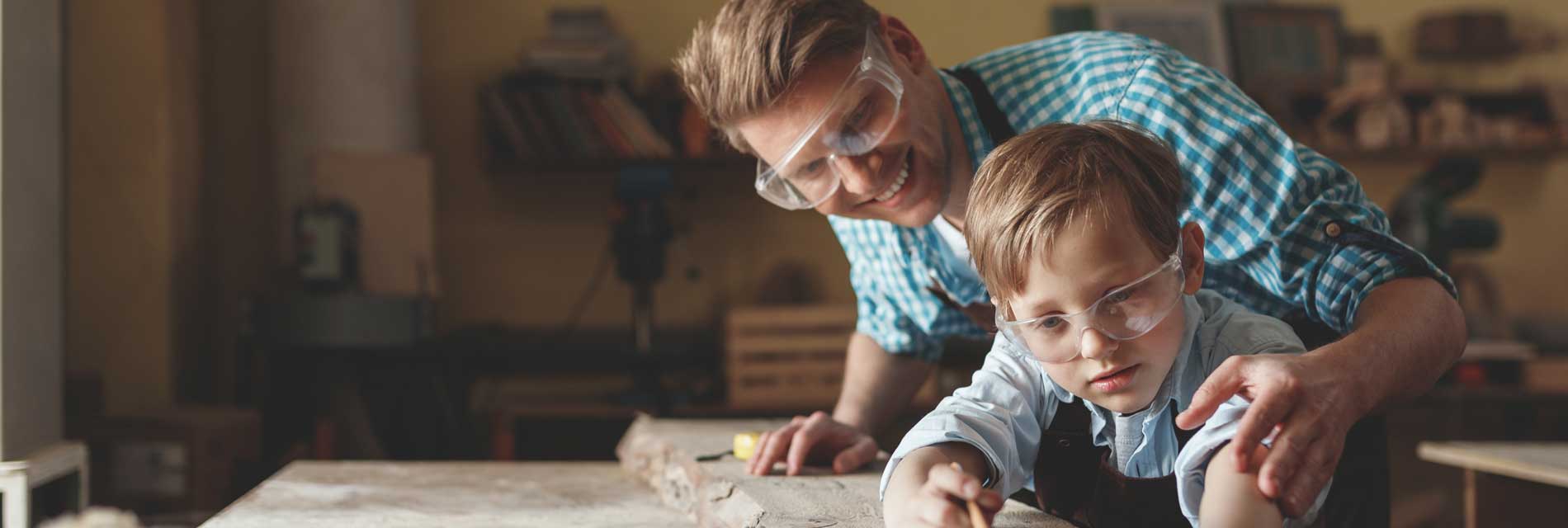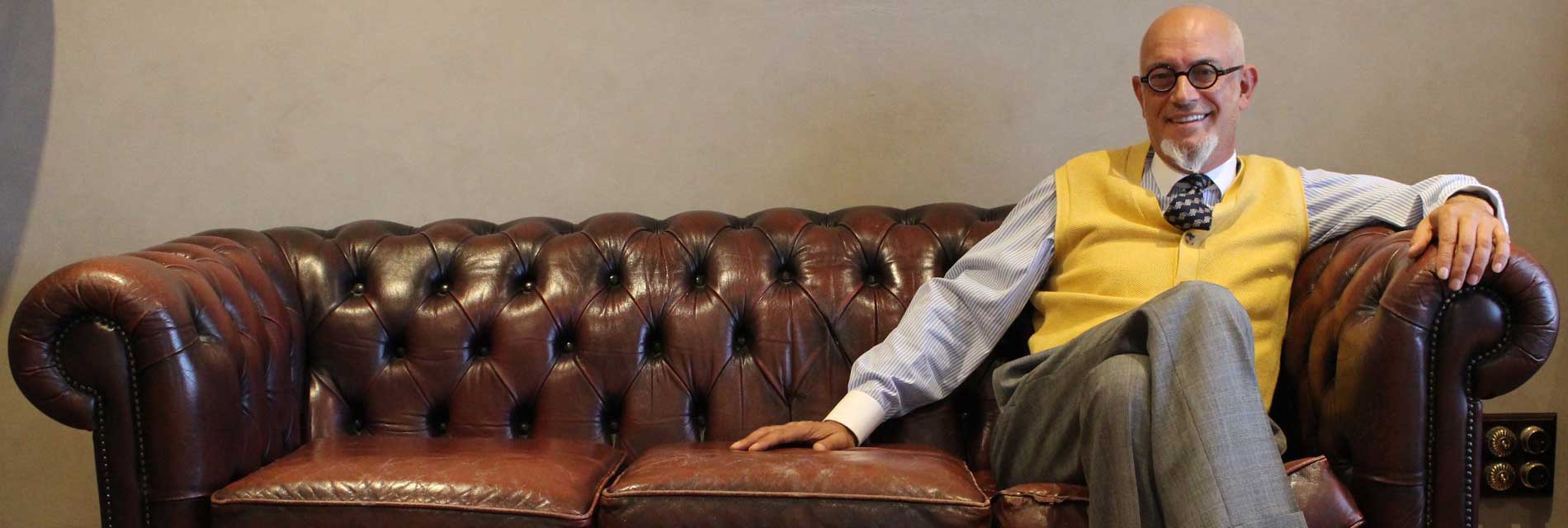How to reduce capital gains tax when selling your property
If you’re planning to sell a property, knowing you’ll have to pay capital gains tax can take a lot of the wind out of your sails. But did you know there are ways to minimise the amount you pay, or even avoid it altogether?
Of course, when it comes to tax issues, it’s always a good idea to seek advice from a registered tax agent or accountant. But for a brief overview of the various concessions and exemptions available to property owners, read on.
First of all, what is capital gains tax?
Capital gains tax is the tax paid when an asset such as a house is sold for a profit. It was introduced in Australia on 20 September 1985 and applies to assets that were acquired since then (though there are exceptions).
When you sell an asset for more than you paid for it, the difference is considered a capital gain. Unless you’re eligible for an exemption, this amount must be declared in your tax return for that year.
If, however, an asset sells for less than you paid for it, the difference will count as a capital loss. While you won’t be able to claim a capital loss against your regular income, you can use it to offset tax paid on any capital gains, even future ones.
How can I avoid or minimise capital gains tax?
There are a few exemptions to CGT that may be available to you. But even if you don’t qualify, don’t fret. There are still ways to reduce the size of your tax bill.
Note the date of purchase
As mentioned above, if your property was acquired before 20 September 1985, it will be exempt from capital gains tax. This means you won’t have to pay tax on any profits, and you won’t be able to use any losses to reduce your assessable income.
Use the principle place of residence exemption
You can generally expect to receive a full exemption from CGT if you and your family have lived in a property since purchasing it, it hasn’t been used to generate any income, and it sits on land of two hectares or less.
More broadly, the ATO will consider a property your main residence if it meets the following criteria, though different weight will be given to each depending on individual circumstances:
- You and your family live in it
- You keep your personal belongings in it
- It’s the address your mail is delivered to
- It’s your address on the electoral roll
- Services such as gas and power are connected.
But even if you move out, change your address on the electoral roll and relocate your personal belongings, a property can retain main residence status indefinitely so long as it’s not used to produce income. When you sell, you’ll be eligible for the main residence exemption from CGT.
Use the temporary absence rule
If you use a property you no longer live in to generate income, such as by renting it out, the ATO will allow you to continue treating it as your main residence for up to six years. In this case, however, you’ll only receive a partial main residence exemption.
During this period, you won’t be able to treat any other dwelling as your main residence, except for a limited time if you’re moving to a new home.
Utilise your super fund
If you purchased an investment property through a self-managed super fund and have held it for at least 12 months, you can take advantage of some pretty generous tax benefits.
For example, your capital gains tax will be discounted by a third if the sale takes place during the accumulation phase. And if you sell the property during the pension phase, you won’t have to pay capital gains tax at all.
Increase your cost base
One way to reduce the amount you pay is by increasing your property’s cost base. This is the cost of acquiring, holding and disposing of a property, and is subtracted from the selling price to give you your capital gain.
According to the ATO, the cost base of a CGT asset is made up of:
- The money you paid for the asset.
- The incidental costs of acquiring the asset, such as stamp duty and valuation fees.
- The cost of owning the asset.
- Capital costs to increase the asset’s value.
- Capital costs of preserving or defending your title or rights to the asset.
Increasing the cost base can be done by including things like stamp duty, loan application fees, conveyancer’s fees and the cost of any renovations. Make sure to keep records of all your property-related expenses to assist with this.
Hold the property for at least 12 months
Any properties bought and sold within 12 months will be taxed at the full CGT rate. But if you hold onto a property for longer than 12 months, you can reduce your capital gain using either the CGT discount method or the indexation method.
The CGT discount method applies a 50% discount to your capital gain. So if a property sells for $200,000 above its cost base, only half of that amount ($100,000) will be added to your taxable income.
The indexation method is a bit more complicated and can only be used if you acquired a property before 21 September 1999. It allows you to convert the original cost of a property into today’s money by applying a CPI-based indexation factor.
Sell during a low income year
If you know your income will be lower next financial year, delaying the sale of a property until then will lower your marginal tax rate and reduce your CGT liability. This requires a bit of planning and foresight, but if done right it can save you a pretty penny.
Invest in affordable housing
On 1 January 2018, the government introduced an additional 10% CGT discount for those who invest in qualifying affordable housing, bringing the maximum CGT discount up to 60%.
For your property to be eligible, it must be rented out to low or moderate income tenants at a rate below the private market rental rate. It must also be managed through a registered community housing provider and held for at least three years in total.
Source: Niko Iliakis
My Very Best To You Always,









